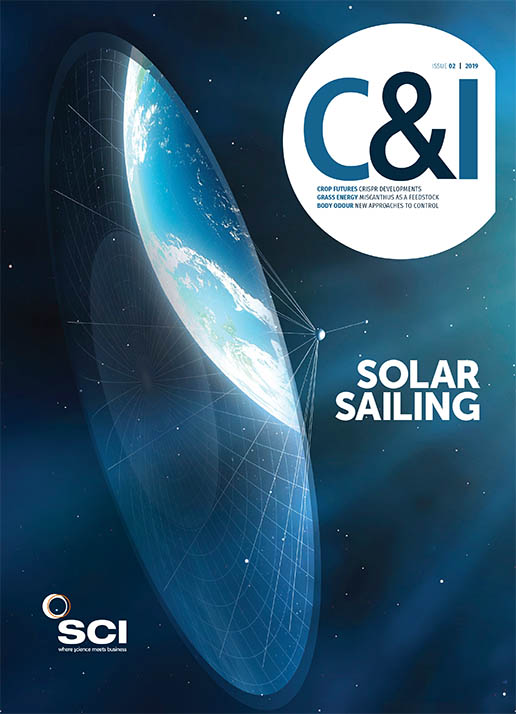Six out of ten ‘nicotine-free’ e-cigarette liquids contained nicotine as well as a toxic chemical found in insecticides, herbicides and disinfectants, according to Australian tests.
The ‘nicotine-free’ liquids were purchased online and over-the-counter in Australia. Six samples were found to contain nicotine; of these, three had levels comparable to those in low-dose nicotine e-liquids and three samples contained trace levels. All ten samples contained 2-chlorophenol.
‘The presence of 2-chlorophenol was a surprise,’ comments Alexander Larcombe, at Telethon Kids Institute and part of the School of Public Health at Curtin University. ‘It’s classified as acutely toxic by the Globally Harmonized System of Classification and Labelling of Chemicals and is also known to be a respiratory and dermal irritant.’ Larcombe speculates that the 2-chlorophenol may have come from residues of pesticides used on plants grown to make glycerine – a main e-liquid excipient. Excipients are largely inactive substances that serve as a filler or medium for other substances.
The team also found ‘byproducts of animal or human bodily functions’ indicating that the process of making the e-liquids ‘might not be as clean as you might hope,’ he adds. ‘For example, 2-amino-octanoic acid is a metabolite occasionally found in mammalian blood, urine and faeces. Its presence may indicate contamination by biological substances during manufacture.’
The analyses also found chemicals used in foodstuffs, soaps and other detergents; as well as flavours, flavouring precursors, or solvents, which were common e-liquid ingredients. These ingredients might be considered safe, but it’s not known how such chemicals may affect health when heated, aerosolised and inhaled during e-cigarette usage, Larcombe warns. ‘Most of those sorts of things are food additives qualified as “safe to eat”, but the way e-cigarettes work is the liquid is heated to 200-250°C – and it’s unknown what that heating process does to the chemical composition of these ingredients, especially when it’s being breathed into the lungs.’
Although it is illegal to sell e-liquids containing nicotine in Australia, there is little to no regulation of their manufacture, Larcombe points out. ‘The real take-home message is that people are buying these liquids unaware of what’s in them, and there’s no way they can tell based on what the label says.’
Robert Tarran is a biologist at the Marsico Lung Institute at the University of North Carolina. ‘At conferences, I have heard other researchers state that supposed nicotine-free e-liquids contain nicotine, so this finding doesn’t surprise me. Ideally, more numbers – like testing hundreds – would be better. Also, finding 2-chlorophenol is interesting and, given how many chemicals that we’ve found in e-liquids, also not surprising. We found diacteyl (2-3 butanedione) in a couple of e-liquids even though its inhalation is associated with the development of bronchiolitis obliterans or “popcorn lung”.’





